I love Indian food.
And because the culinary regions of the subcontinent are way too diverse, delicious and complicated for me ever to understand, I’ve learned to just sit back and enjoy the embarrassment of riches that Indian cuisine has to offer.
My knowledge is limited to the following, and I’m not even sure what little I do know is accurate. Apologies in advance.
My understanding is that, broadly speaking, India has four culinary regions. Some dishes (like curries and naan bread) are found throughout the country, while other dishes are strongly associated with a particular geography, where availability of ingredients, climate features, access to the sea, and the history of the region, etc. have influenced the course of culinary history.
There certainly aren’t clear-cut culinary divides from one region to the other, but we can say that the north is home to tandoors, samosas and a high use of dairy. The west coast is known for fish, obviously, as well as coconut milk, chutneys, and the consumption of beef and pork. Along the east coast you’ll find more lightly spiced dishes, lots of seafood, and an abundance of sweets. And then there’s the south, which is known for its explosive flavors, spicy biryanis (a basmati rice dish baked with chicken, beef, goat, shrimp, lamb, vegetables, etc.) and pappadums – the crispy, peppery rice crackers.
Here in America’s Upper Midwest, there aren’t a whole lot of Indian restaurants, and many of them tend to cater to a value-focused clientele that’s not terribly knowledgeable of the variety and nuances of Indian cooking. That’s not to say the food is bad. Quite often it’s excellent. But I don’t think our Indian restaurants draw a lot of culinary pilgrims. (I do recall, however, that Sri Lanka Curry House had a following back in the day).
Indian restaurants have a much greater footprint in New York and other American cities with large Indian populations. Joanne and I have dined several times at TAMARIND on Hudson Street in Tribeca, with its theatrical tandoori oven right in the dining room. Take the kids. BTW, tandoor isn’t a recipe. It’s a white-hot clay oven for cooking meats marinated in yogurt and Indian spices.
But if you want the absolute best that India has to offer (outside of India), head to London. It’s home to an astonishing plethora of important fine-dining Indian restaurants.
WHY?
Well, Great Britain has had close links to India for over 200 years. But the biggest contributor to London’s Indian dining scene, by far, was the inter-religious conflicts that caused the division of India in August of 1947. Muslim Pakistan in the North violently clashed with the Sikhs and Hindus in the South, causing hundreds of thousands of people to be displaced in one of the largest and most tragic human migrations in history.
That migration occurred at a time when England was particularly welcoming to immigrants. After the loss of so many men in World War II, industry desperately needed workers to keep the mills and factories going. Indian migrants answered the call. As of 2021, some 656,000 Indians were living in Greater London. That amounts to about 7.5% of the metropolitan area’s population.
And – “thank our lucky stars” – they brought their cuisine along with them.
Consequently, London today is said to have more Indian restaurants per square mile than any city in the world outside of India.
The city certainly boasts the “crème de la crème” of top-tier Indian fine dining restaurants. Many are Michelin starred, including old-school favorites like VERSWAMY, CINNAMON CLUB, ZAIKA and CHUTNEY MARY.
Among the more recent additions to the London dining scene are GYMKHANA, reminiscent of colonial India, on Albemarle St. in Mayfair, where I love the Achari Guinea fowl and Joanne favors the biryani. Reserve weeks ahead.
BENARES resides on Berkeley Square in the heart of luxurious west London – think of the World War II song popular during the height of the Battle of Britain, “A Nightingale Sang in Berkeley Square.” If two of you go there, request table #17, in the corner. We were there near the time of the coronation and had the celebratory “Coronation Chicken.” It was so good they might have made it a permanent menu offering. As an appetizer, I would suggest the tandoori trio of lamb, chicken and king prawns….with three chutney’s.
Just down Mount Street, a half block from our hotel, is JAMAVAR, a palatial space with outposts in New Delhi, Goa and Mumbai. Table #16 offers cat-bird seating for two.
AMAYA, in Belgravia, is over 10 years old, but its contemporary twist on many classic dishes keeps this hotspot on the vanguard of London Indian restaurants. Absolutely indulge in one of their many iterations of tandoori’s. You won’t be disappointed.
As much as I love Amaya, however, they may harbor some lingering disappointment with me. In fact, I was thrown out of the restaurant for taking pictures of the food in front of me. I argued with the manager.
“Just whose food is it?” I asked.
“It’s not yours,” he said.
“Well, I’m eating it.”
“Oh no you’re not.”
I lost.
(In the Instagram era, what do you think the chances are that they’re still enforcing that policy?)
Finally, I would suggest BIBI on Audley Street, down the block from Marks & Spencer, just off Oxford Street in Mayfair. It’s new. It’s tiny. And it’s hot, hot, hot. Grace Dent, food writer for the Guardian newspaper, proudly stated, “I’d happily bathe in their peanut sauce.” Dine at the counter and watch the show. If you are not inclined toward counter dining, there are two booths numbered #5 and #6. Bibi’s set menu appears to represent the entire country and the dishes are delicious and witty. BTW, in 2022 Gentleman’s Quarterly magazine named Bibi its “Restaurant of the Year.”
So, here we are back in Minnesota.
But wait! There’s a new sheriff in town!
His name is Sohil Goorha and he owns a restaurant called RAAG, serving “Progressive Indian Cuisine” near the corner of 50th & France in downtown Edina.
“Raag” means “symphony” in Hindi, and a symphony it is. French technique is definitely involved here and it surfaces in surprising ways in conjunction with classic Indian dishes. Recently we enjoyed a rack of lamb but instead of traditional mint sauce, the chops were resting in a delightful pool of mint curry.
Cocktails are creative. Among the offerings are the Tamarind Martini, the gin-based Cool Cucumber, and Raag’s eye-catching Neel Gagan, a blue drink made with white rum (and presumably blue curaçao?). Of course, non-alcoholic options abound, including cool, creamy Lassis, made with yogurt, milk, fresh fruit and sometimes cardamom. Try the Mango Lassi.
Pappadums and garlic naan are frequent starters for Joanne and me. But we don’t stop there. Samosas are paired with mint and tamarind chutney. Grilled scallops, still in their shells, are topped with watermelon caviar red pepper coulis and a fresh slice of blood orange.
I like the Scotch Eggs Nargisi Kofta, encased in minced goat. Joanne does not.
Paneer, a very mild buffalo milk cheese that does not melt (it squeaks) is from the North but is enjoyed throughout India and at Raag appears in several dishes. I had a skewer of paneer squares prepared tandoori style.
In addition to several curries and the obligatory butter chicken (wonderful), they do a riff on Tandoori Chicken, which is blackened with edible charcoal, eggplant mash and beetroot…no, no, no, you’ll like it.
A signature dish at Raag (if there is only one) would be the fig kofta – three little lamb meatball shaped cones lounging in a spicy lagoon of yogurt, fresh figs, tomato, toasted cashews and pecans. YUM.
Also delicious is a Grilled Shrimp Dish in a pool of turmeric-infused coconut milk.
And then there are desserts…
Historically, outside of the subcontinent, Indian desserts do not have a good reputation….way too sweet…weird textures.
But at Raag? Cheesecake? It’s one of the best (and I know cheesecake because Manny’s has THE best). Chocolate Mousse? The same. Delightfully decadent. It’s very good (although dusting the dome with 24 carat gold dust is perhaps unnecessary, as it has no flavor or texture). And then there’s the Panna Cotta. I’ve had plenty of interpretations of panna cotta, but Raag’s is different. It’s pleasantly sweet, and – I’m not certain but I would guess – is flavored with rosewater. Most unusual and one of the best I’ve ever had.
Joanne and I have had the privilege of dining in some of the most renowned Indian restaurants in the western world. And RAAG stacks up with the best of them. Count yourself fortunate to have them in our corner of the world.
Oh, about the tepid reputation of Indian desserts. I believe that it was Calvin Trillin who said, “Most Indian desserts have the texture of FACE CREAM.”
But, dear readers, I must investigate and get to the bare-ass bottom of this tattle. So, I’ll soon be off to a deep dive at the POND’S INSTITUTE OF FACE CREAM CONTEMPLATION…all on your behalf.
WTF
PHIL
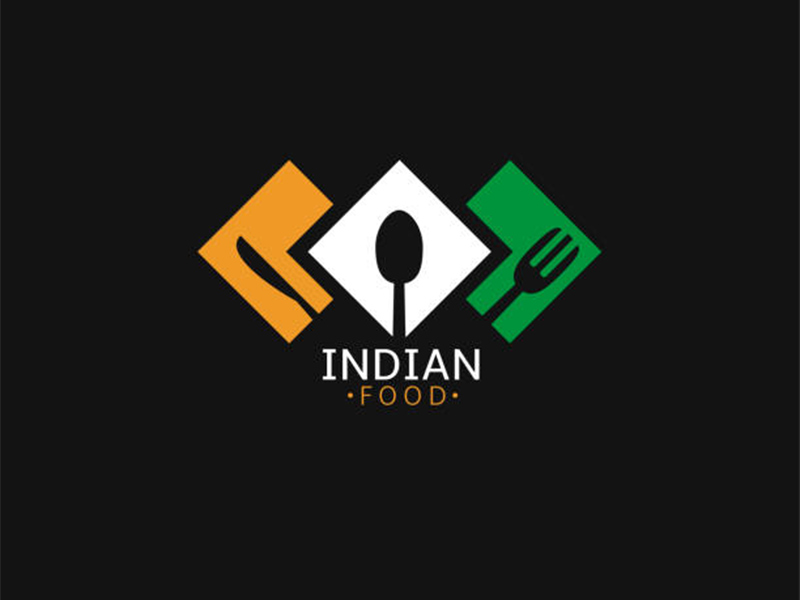
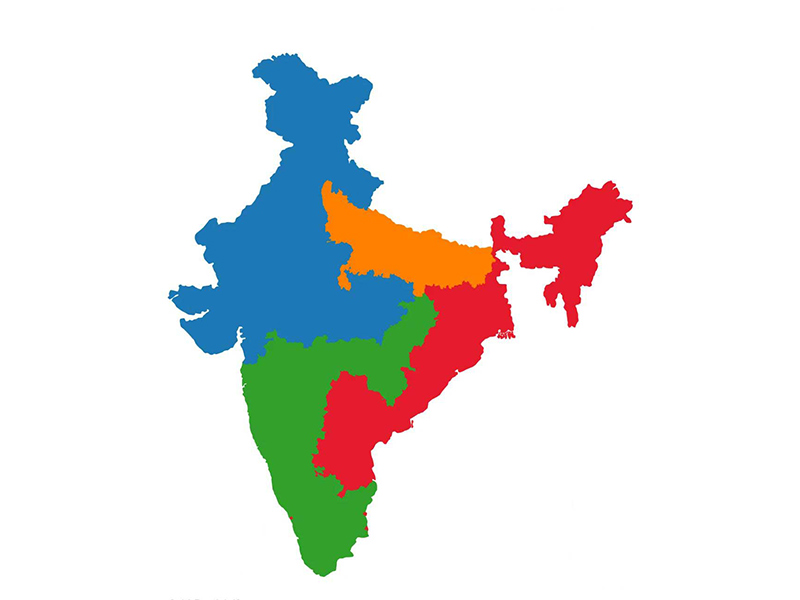
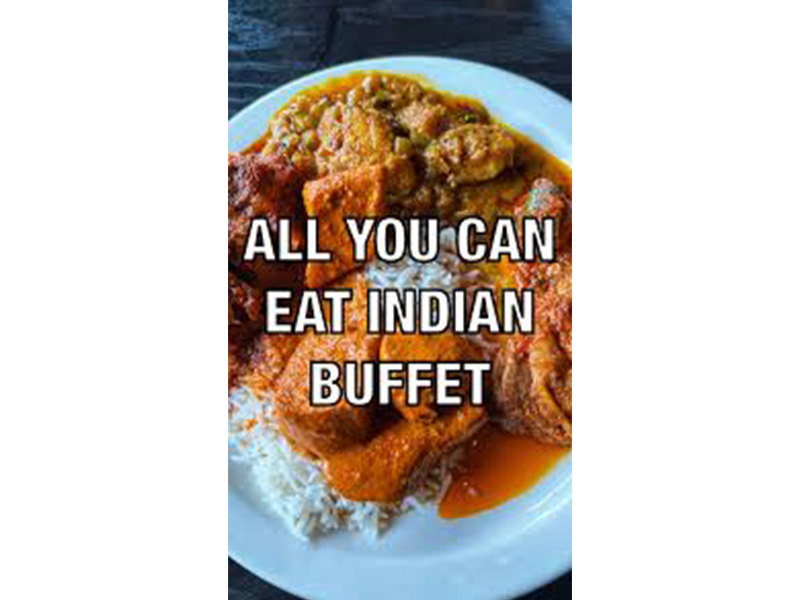

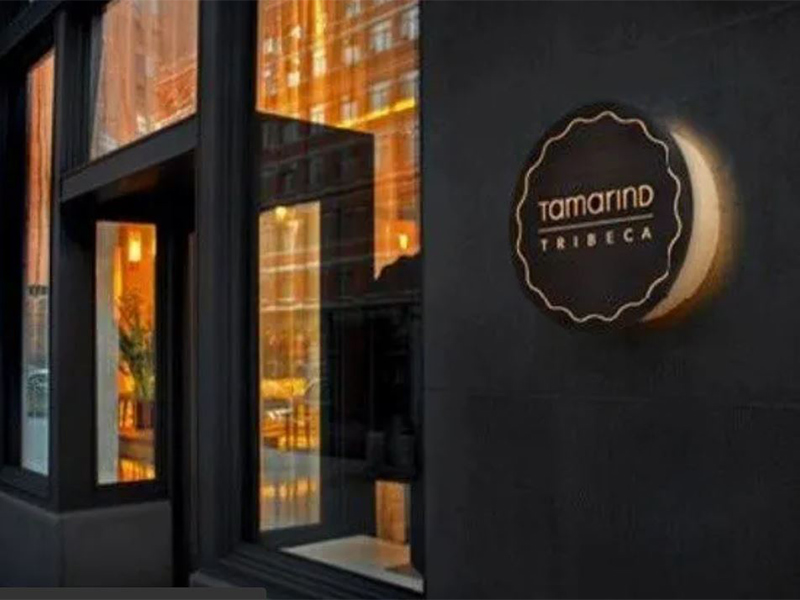
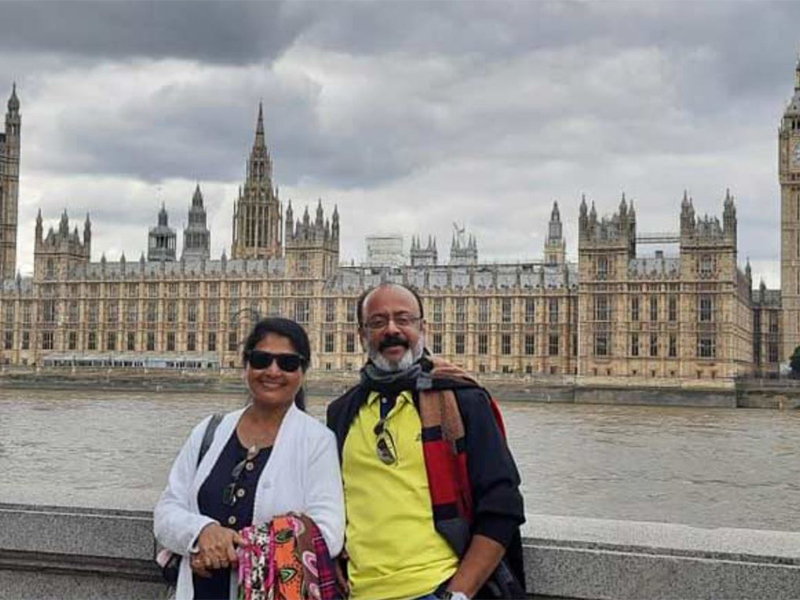
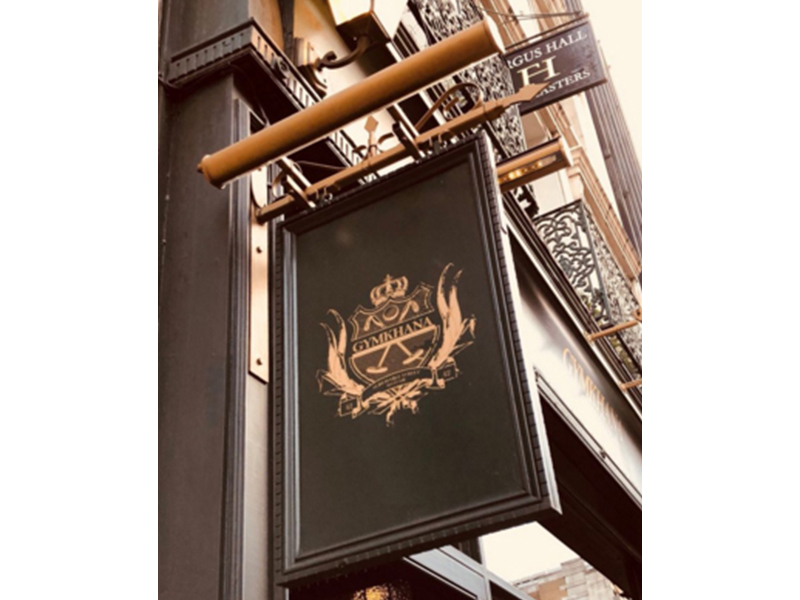
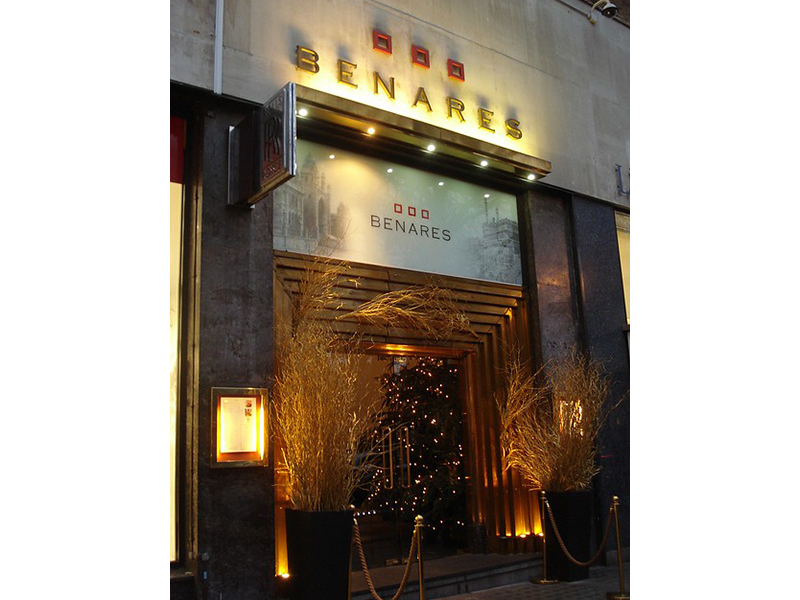
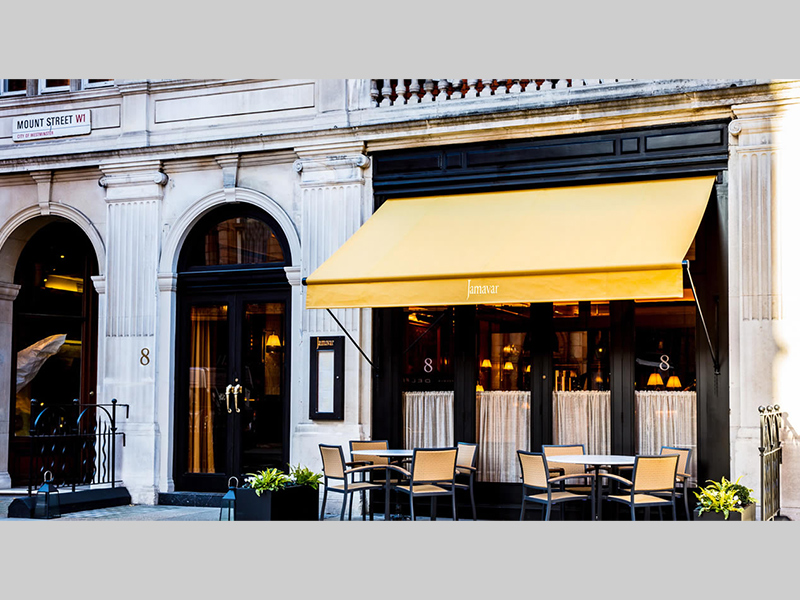
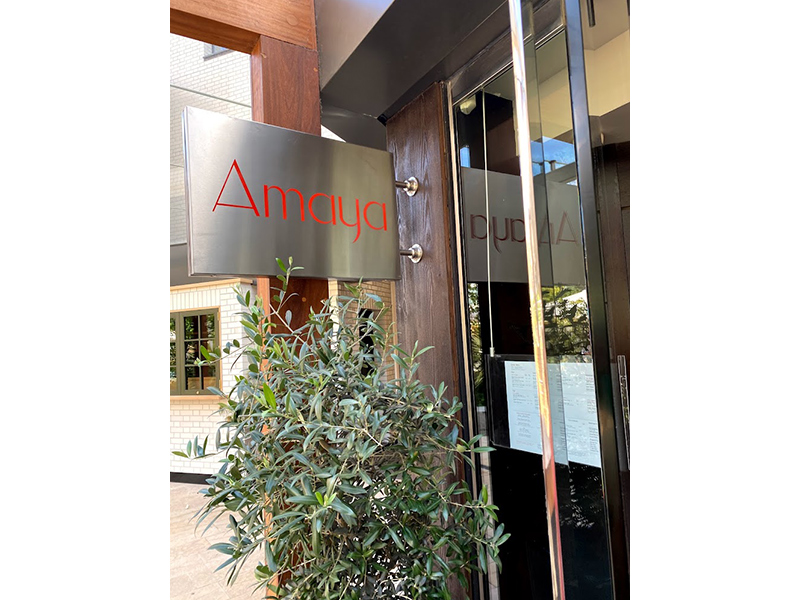
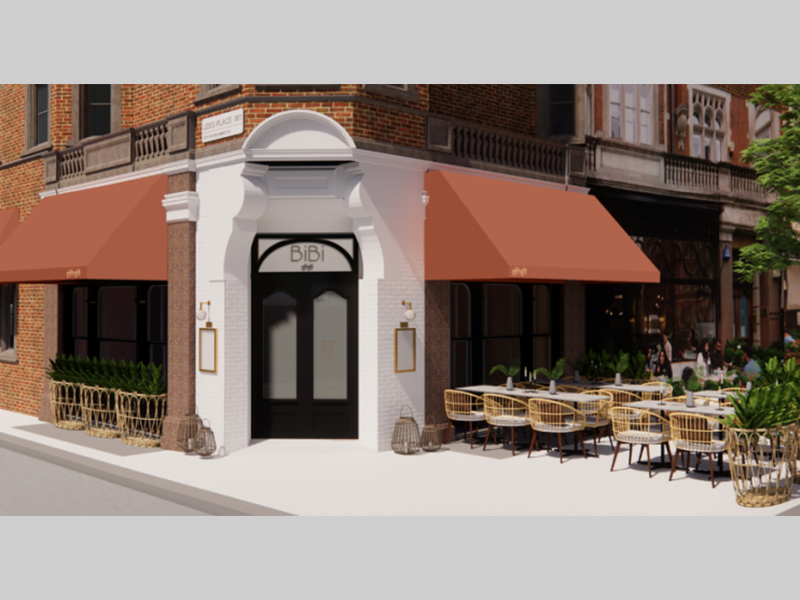
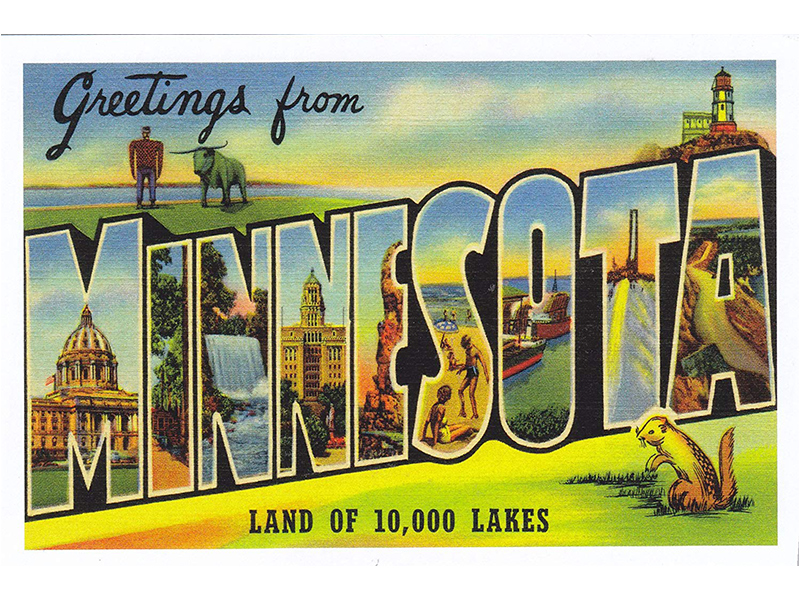
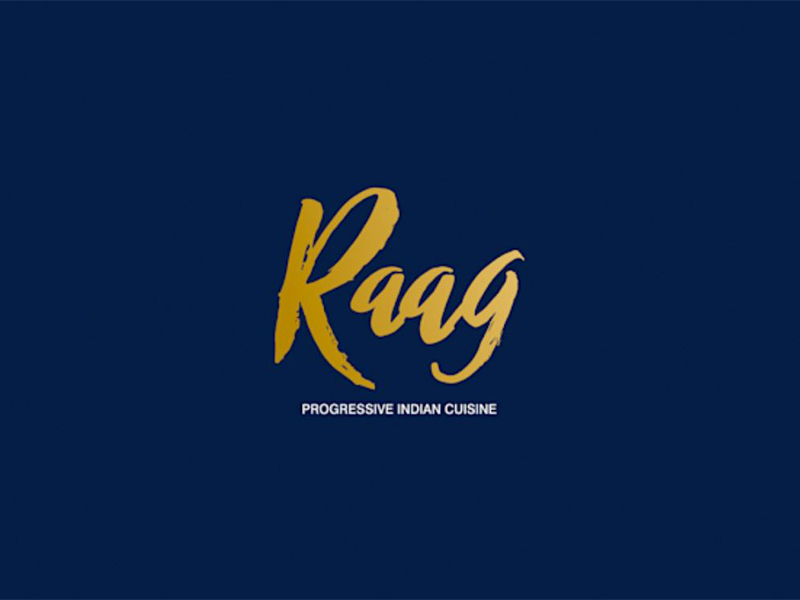
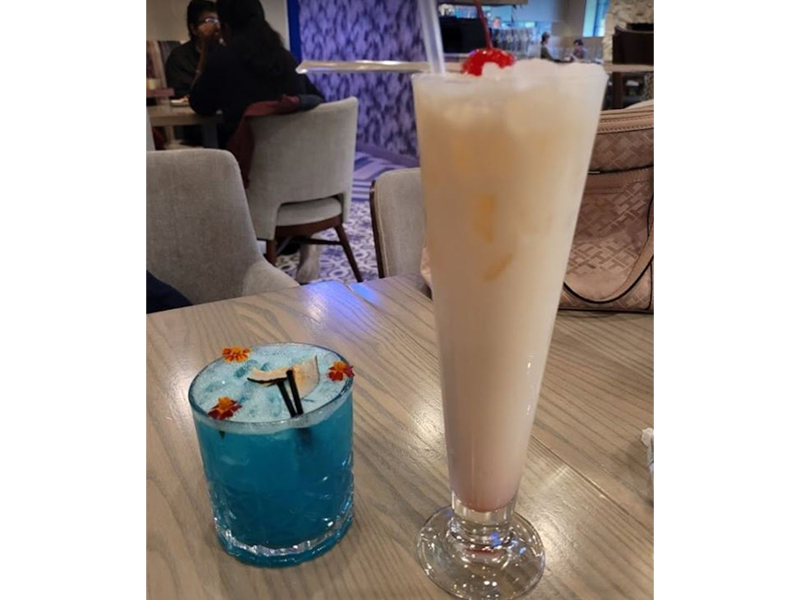
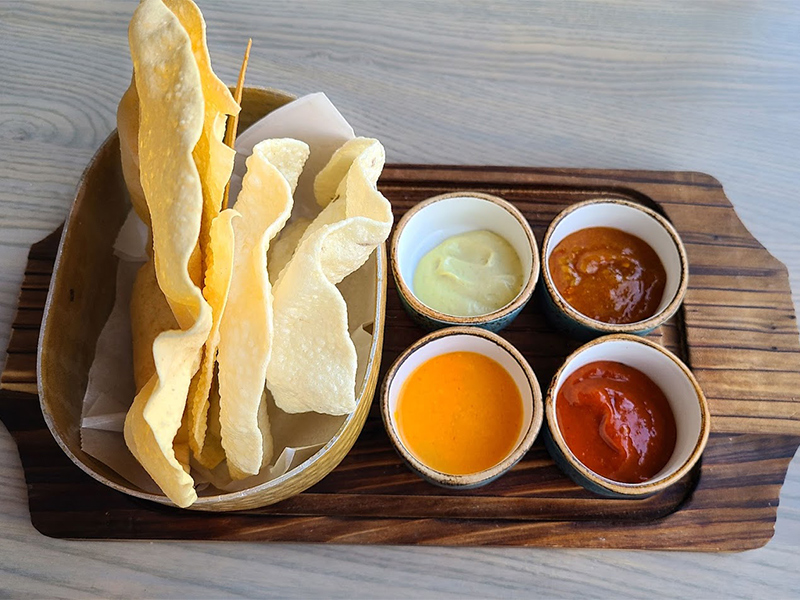
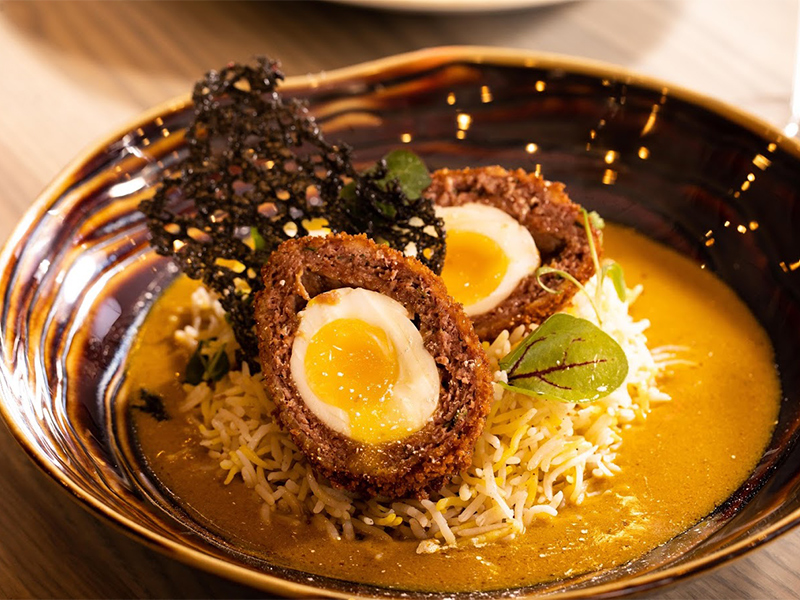
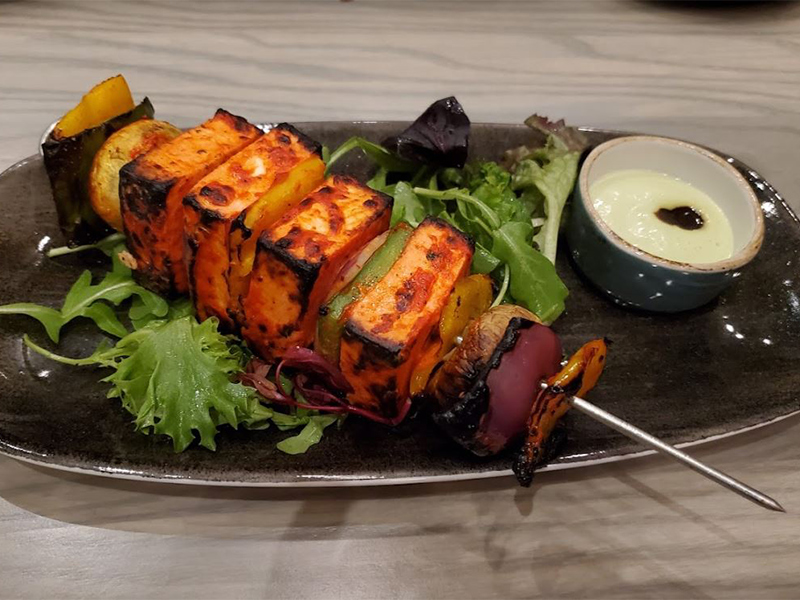
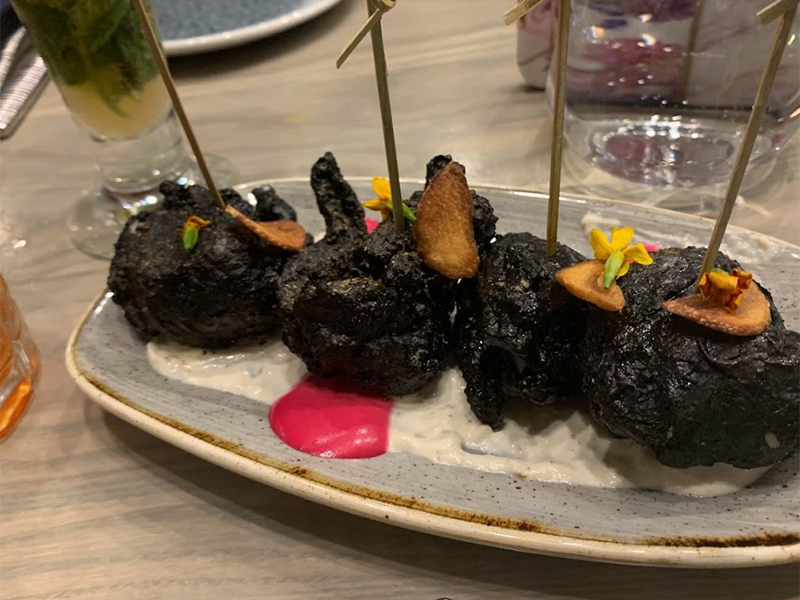
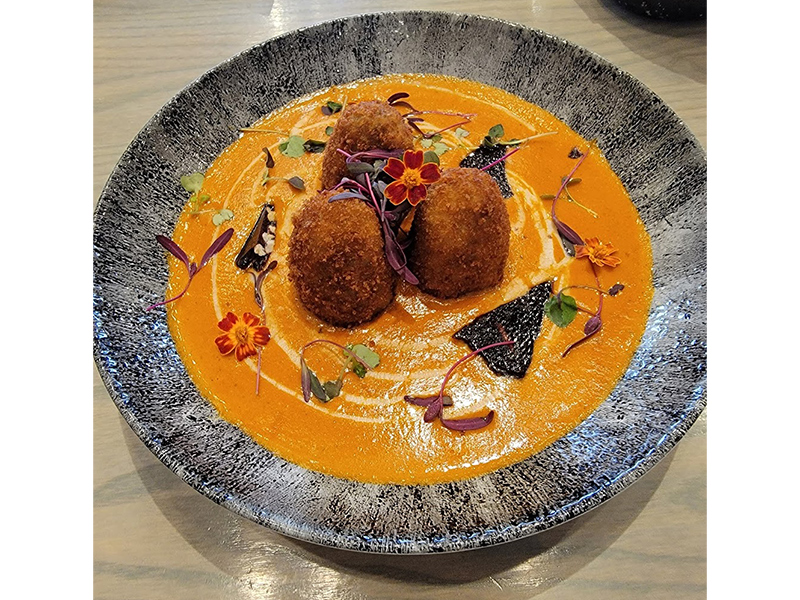
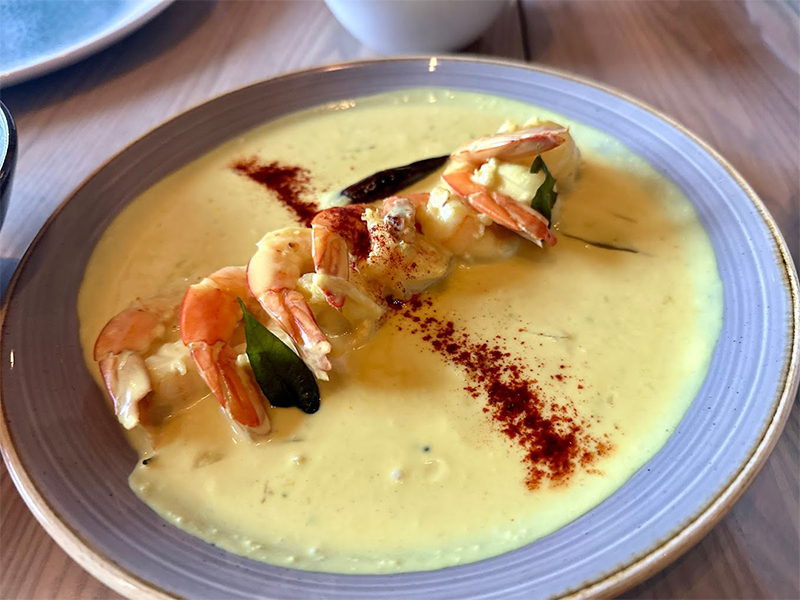
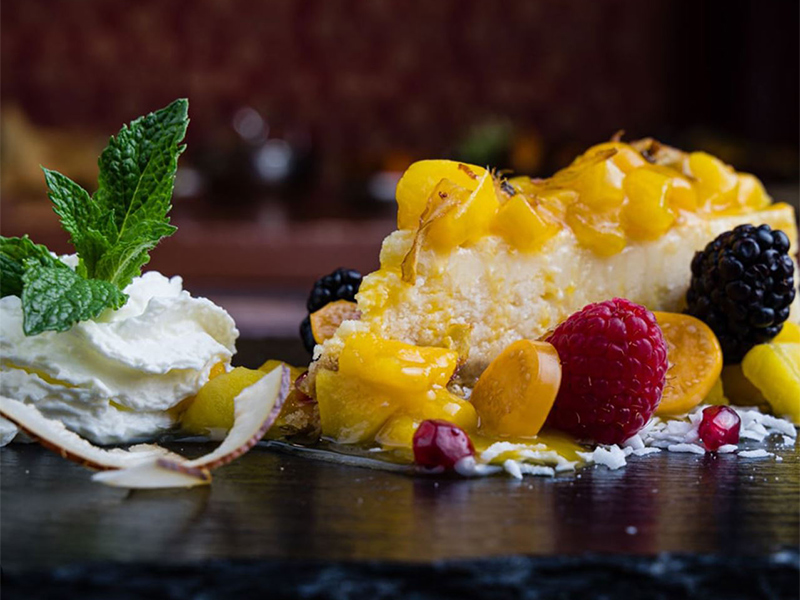


Hi Phil,
I’m part of a new podcast with the Kewanee Historical Society called Kewanee Memory Lane. I ran across your blog while doing research on some Kewanee restaurants. I enjoyed your blog post on Kewanee food and Kewanee when you were growing up. If you are willing we would like to see if we could setup and interview with you. Please let us know.